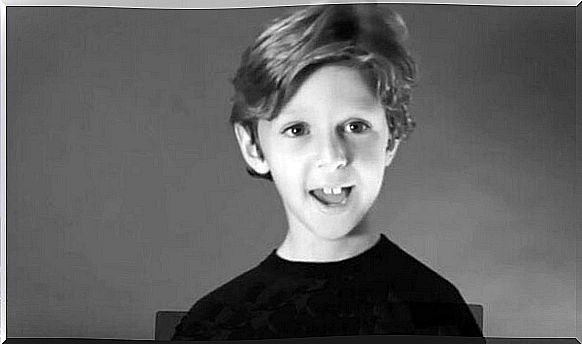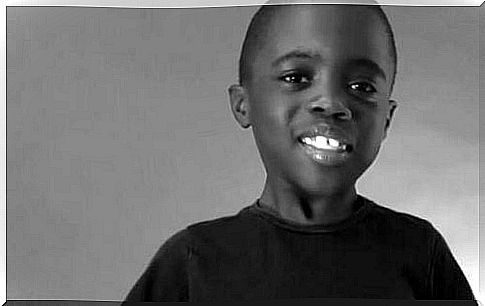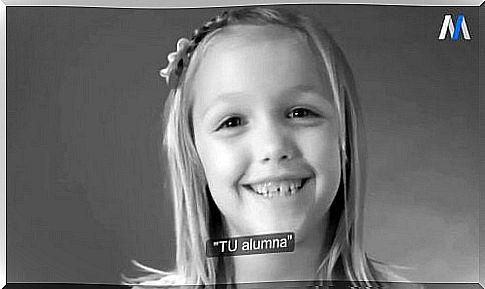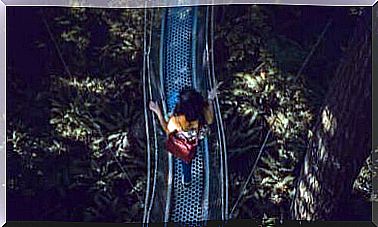‘Dear Teacher’: A Video To Better Understand Students With ADHD

Children diagnosed with Attention Deficit Hyperkinetic Disorder (ADHD) often behave differently in a classroom than the teachers would like students to behave. This causes some teachers to take measures that are not always best in such a situation. If we could put ourselves in the place of the child, we might be able to understand how he sees this situation at school. How can we better understand students with ADHD?
It’s easy to judge, get irritated and use solutions that are appropriate in our view. However, this may only create more barriers in the education of these children. They may be paying attention, just not in the conventional or politically correct way we are used to. We may think they don’t want to learn at all, when in reality it’s something they really enjoy. Children with ADHD like to say something to their teachers (or parents, grandparents, friends…) Are you willing to listen?
Self-regulation of emotions and the ADHD student
A student who has ADHD often experiences greater difficulty controlling, regulating, and maintaining their emotions. That’s why they always seem to exhibit this kind of behavior at the most inopportune times. This lack of control causes a child with ADHD to express their emotions in a much more intense and uncontrolled way. In the eyes of the adults, this way is tantamount to immature behavior.
However, immaturity is not the case. At least not in the traditional sense of the word. We are dealing with children here. They are young and therefore immature. Or maybe everyone will come to Earth as an adult?
Punishment to ensure that a student with ADHD will change his inappropriate behavior is completely useless. Instead of punishing the child for his unintentional bad behavior, we need to work on emotional enforcement.

When a student with ADHD is punished so that he suppresses and controls his emotions, we can already guess where this will lead: a defensive child. If we are unable to realize this, we are really doing nothing but pointing out the ADHD student, labeling him/her, and encouraging feelings of insecurity. This will not help the student in any way.
Do we really want kids with ADHD to develop low self-esteem? Is that what we want to teach the children in our classroom? We worry because they don’t learn in a conventional way. But perhaps we should ask ourselves if it wouldn’t be better to stop trying to change them and instead change the very way we try to teach them. We expect children to remain seated, quiet, and remain silent while having to listen to information they do not understand. We want them to act like adults, but we can’t forget that they’re just kids.
How can you better understand students with ADHD?
In the video, the children make this very clear. Little ones with ADHD need to move and let their creativity run wild. No child can sit still and shut up for very long! Just because they’re moving around doesn’t mean they’re distracted, it’s simply their way of learning. If they sat still like statues, they wouldn’t succeed at all.
There is absolutely no need to punish or scold a student just for looking out the window. We’ve all done this several times and it doesn’t matter. After a minute, we return our attention to the lesson. This is completely normal. Handing out a punishment, such as depriving the child of his break, is terrible for a child with ADHD. These kinds of children need physical activities. Just like us, children need to pull the plug every now and then. Do you really think that depriving them of rest, relaxation and fun will help them learn?

Children with ADHD need more support and help. And if we don’t give them this support and help, they won’t be able to do what we say, because they won’t know how. Patience and calm are two essential qualities for explaining to these types of children what they need and for clearing any doubts they may have. Although the problem may be that what we have explained contains a lot of information.
This is a very important point. Many children withdraw because they receive a lot of information that they do not understand. The opposite can also happen, that a child gets bored precisely because they do not receive enough information. Finding the right balance between these two extremes has a lot to do with the art of teaching. In the case of children with ADHD, we have to remember that it is extremely difficult for them to have to work with a lot of information, especially if they also receive that information in a static way.
If there is one thing children with this disorder need, it is acceptance for their way of learning, understanding, and comprehending. Their brains are not the same as the brains of others, but this does not mean that they are less capable than other students. They just need a little more patience and understanding and a lot less punishment.
By failing to understand the origins of these disorders or what it is like for the people who suffer from them, we tend to behave ignorantly towards children who really just want to learn.
We don’t understand them, so we can’t give them what they need. We shouldn’t overload them with information, we shouldn’t bore them on purpose by requiring them to take in all the information we present them, nor should we punish them. When we treat students with ADHD in this way, we simply dump our frustration on them.
Children with ADHD are intelligent and eager to learn. They do their very best, and they deserve exactly the same from us.









